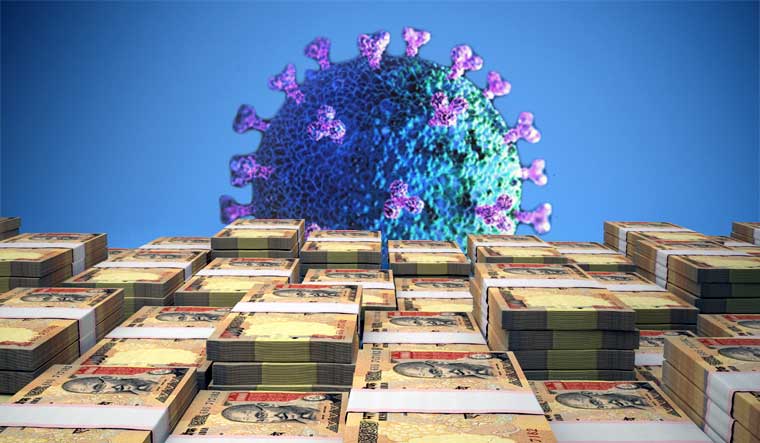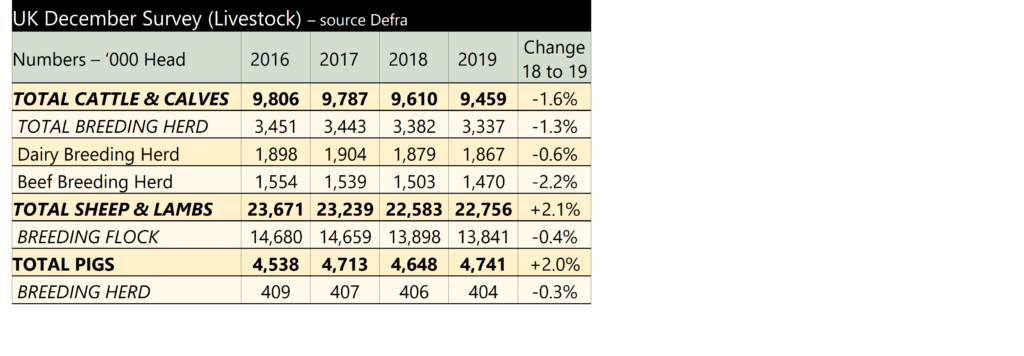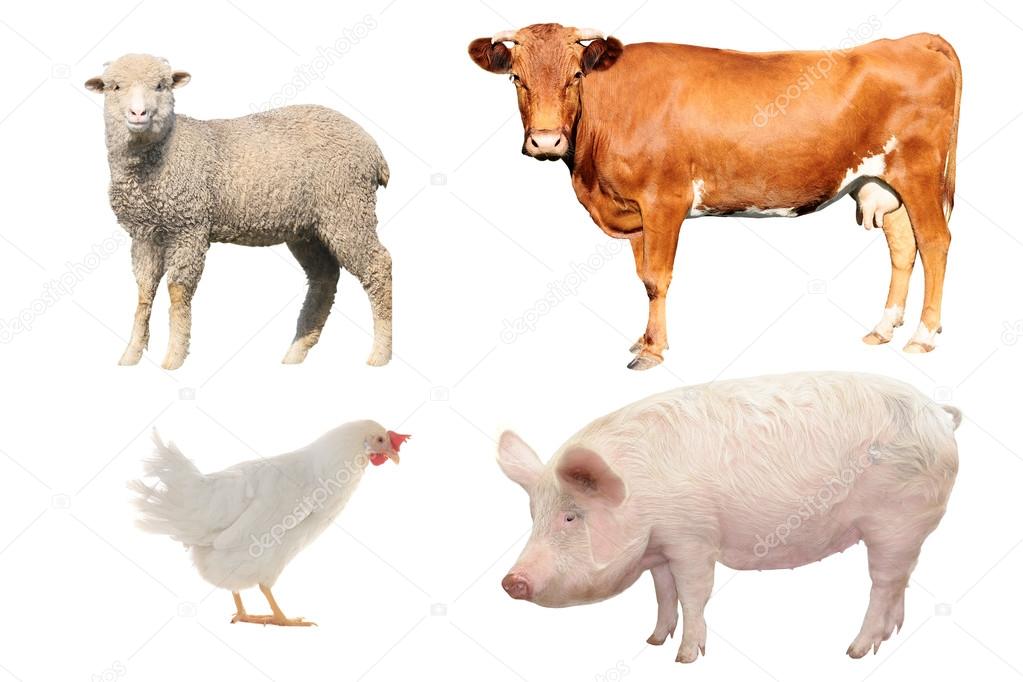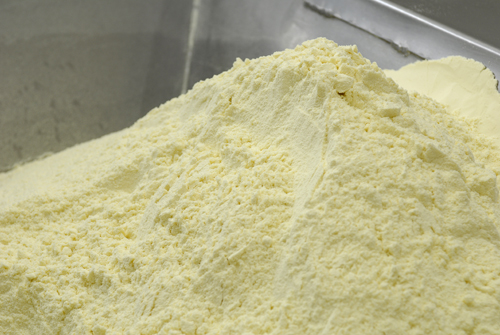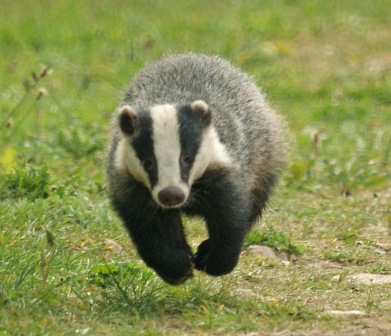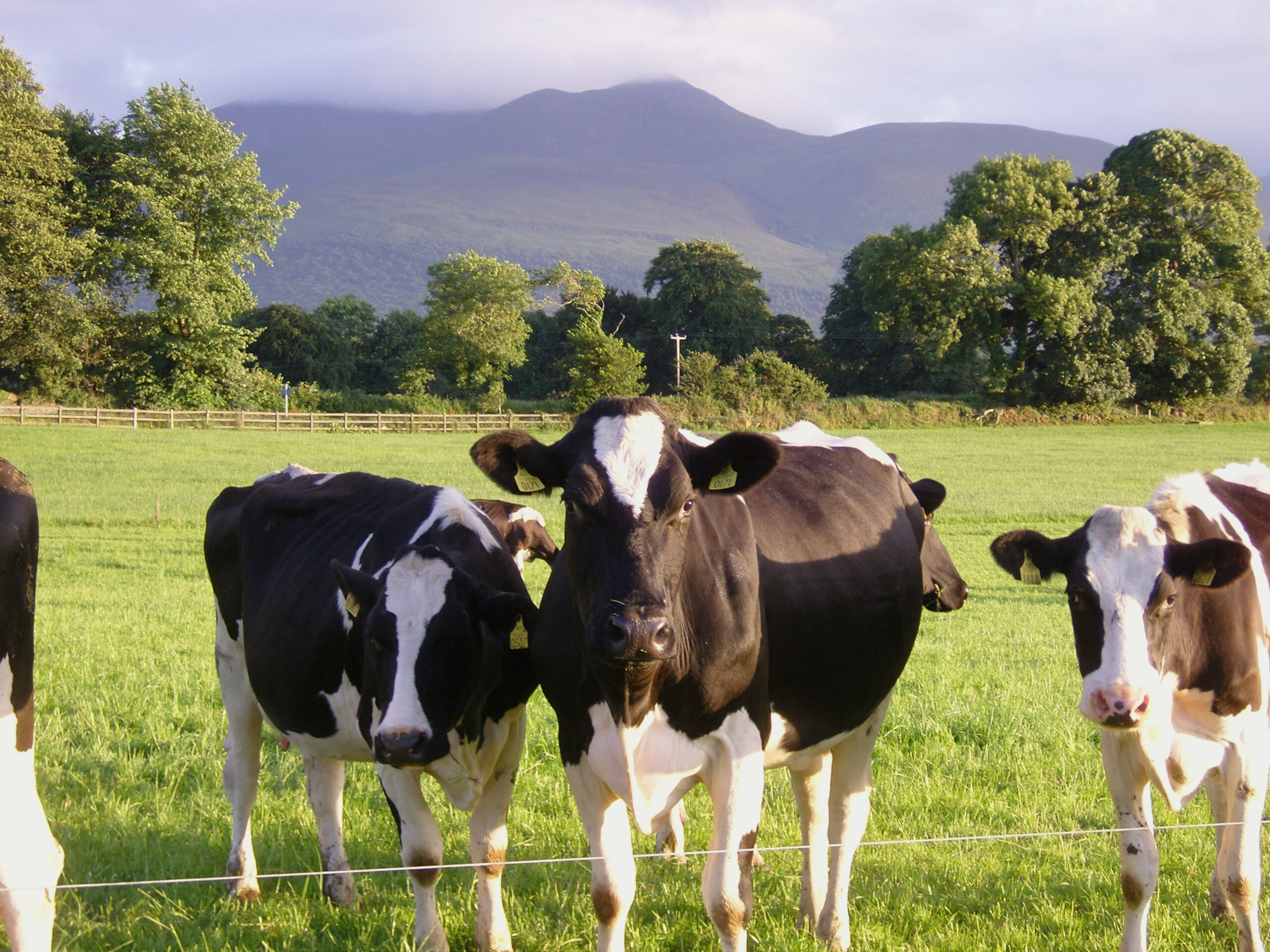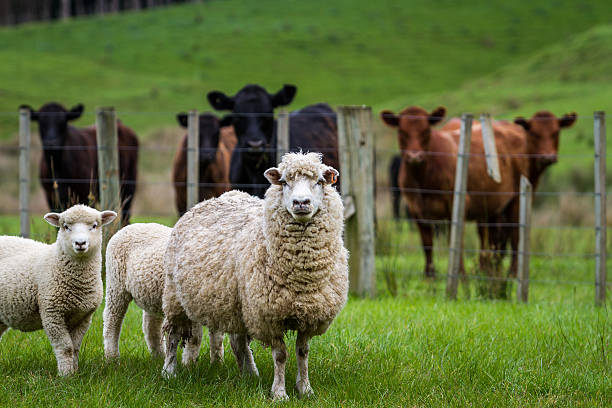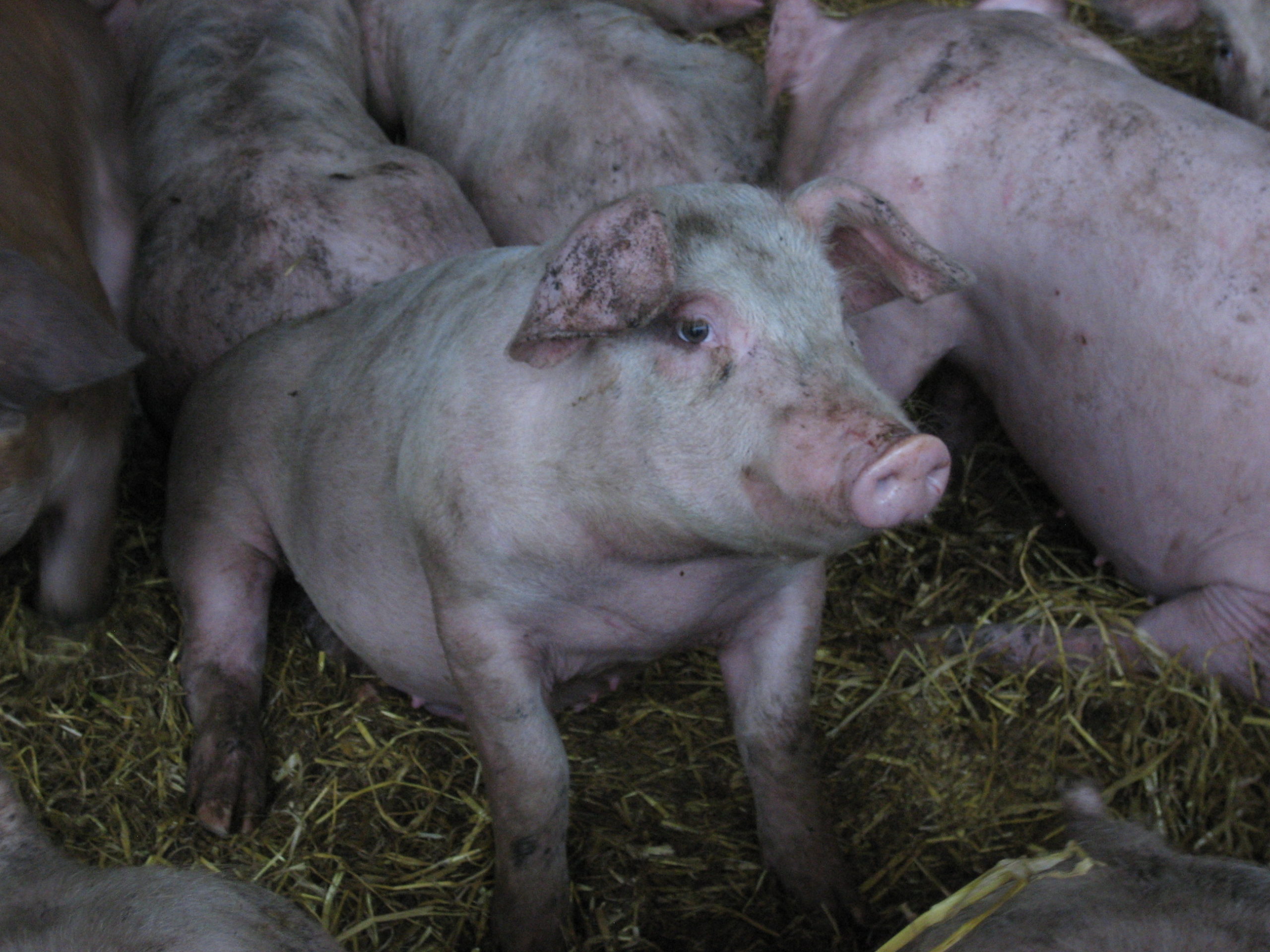Covid-19 has seen some producers having to discard their milk as increased demand from the retail sector has not made up for volumes usually consumed in the food service sector. But you cannot turn a dairy cow ‘off and on’ and production is expected to continue to rise as we head towards the spring peak. According to the AHDB, GB average daily milk deliveries to processors for the week ending 11th April, were up 1.4% on the previous week’s average. This is, however, 2.3% below the average deliveries for the same week in 2019, but remains in-line with the AHDB’s forecast for this year.
These figures include an estimated 800,000-900,000 litres of milk which was not collected during the week ending 11th April and had to be thrown away by producers. This volume is about 0.4% of the total milk delivered for the week. Since then, according to the AHDB, there has no further reports of milk not being collected. However, in some cases, only the fat content has been utilised, with the skim reportedly ending up in anaerobic digesters. As a result of the over-supply, producers have seen some processors introduce new pricing measures. This has led to calls for a specific support scheme for the sector.
At the beginning of April, all Muller suppliers were asked to reduce their supply by 3% until the end of May. It is unclear what action will be taken if a producer fails to cooperate. Perhaps the most notable actions have been those of Medina and Freshways – both of which have a significant share of their business in the food service sector. Suppliers to Medina will see their milk price cut by 5ppl as from the 1st May after the processor announced a further 3ppl drop, after having already said the price would fall by 2ppl. This will see its standard litre down to 20.75ppl. In addition payments will also be deferred by 21 days.
Freshways has back-dated its price cut by 13 days and is also extending its payment terms. Freshways has restricted its A pricing to 60% of a producer’s current A quota, with milk delivered in March being paid 50% at the end of April and 50% by 15th May. On top of this, the processor is reported to have actually increased its prices to supply Nursing Homes, something which has not gone un-noticed by the national press or some of its customers in the food service, who are looking to distance themselves from the processor’s negative publicity.
Not all processor are cutting their prices though, some of the supermarket aligned contracts have seen rises and Belton Farm (cheese), Barbers (cheese) and First Milk (cheese) have all announced they will retain their current price until at least June. Before it announced the 3% supply reduction, Muller (see earlier) told suppliers they would receive a 1ppl rise from May 1st, this was rather surprising at the time and will probably be short-lived.
It is estimated around 550 farmers, predominantly those supplying Freshways and Medina are under serious financial pressure. The RABDF has launched a survey and is asking all those affected by the Covid-19 milk crisis to submit an online daily account of their losses so that it can supply Defra with ‘accurate and credible supportive data’. The survey can be accessed at www.rabdf.co.uk/survey.
Even though many in the industry have been calling for targeted support, the response from the Government so far has been to relax some elements of competition law to make it easier for processors to be able to come together and work out how to temporarily reduce production to create space in the market. It has asked the AHDB and Dairy UK to co-ordinate a proposal. But the industry is claiming this is too late, particularly for those 550 dairy farmers who need urgent support now to help with their cashflow. A letter has been sent to Defra calling for a targeted grant scheme similar to those being offered to the retail, hospitality and leisure sectors.
In a response to the problems Coronarvirus has caused to markets across Europe, the EU has proposed a new package of measures to support the agri-food sector. For dairy this will see the opening of Private Storage Aid for SMP, butter and all cheeses that are suitable for storage. The volume allocations for each country have not been set yet. Full details are expected by the end of the month.

